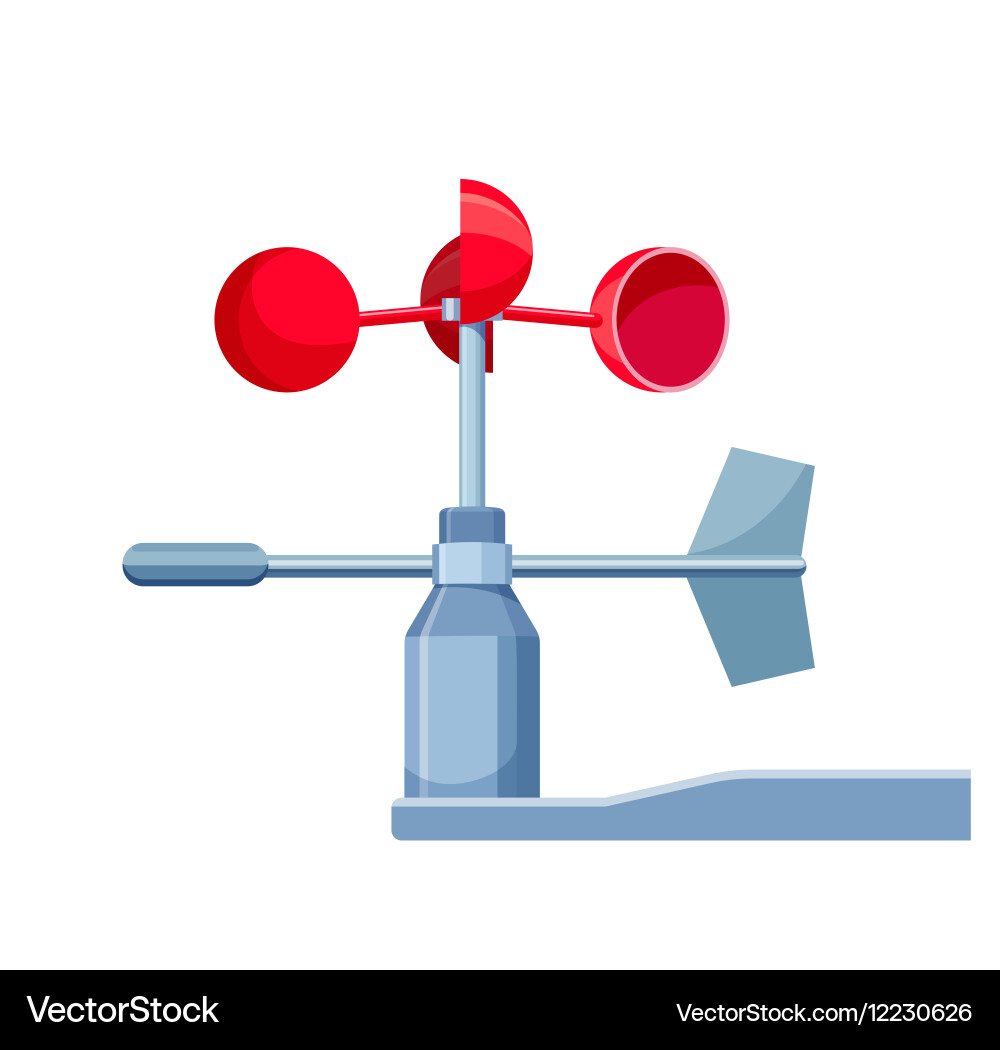The Role of an Anemometer in Improving Safety And Security for Outdoor Activities
The Role of an Anemometer in Improving Safety And Security for Outdoor Activities
Blog Article
All You Required to Know About Anemometers: Just How They Function, Why They Matter, and Where to Utilize Them
Anemometers, however typically ignored in the world of scientific tools, play a critical function in numerous fields, offering useful insights right into wind rate and air flow patterns. Understanding the auto mechanics behind these devices is vital for any individual seeking to harness the power of this data. From meteorologists tracking weather patterns to designers designing frameworks with wind tons in mind, the applications of anemometers are far-ranging and diverse. As we look into the intricacies of anemometer innovation, we will uncover the internal workings of these gadgets, their significance, and the vital considerations when choosing the ideal anemometer for specific applications.

Anemometer Essentials
A vital instrument made use of to determine wind rate and instructions, the anemometer plays a crucial role in meteorology and numerous markets. An anemometer normally includes three or four mugs that turn in the wind, a vane that directs right into the wind, and sensing units to track the activities or rotations. By calculating the turnings or movements over a certain period, the anemometer can establish wind rate. The vane aids identify wind direction by pointing right into the wind, supplying important information for climate forecasting, aviation, maritime procedures, ecological surveillance, and wind power applications.
There are various kinds of anemometers readily available, consisting of mug anemometers, vane anemometers, hot-wire anemometers, and sonic anemometers, each with its one-of-a-kind attributes and applications. Cup anemometers are frequently utilized for basic wind speed measurements, while vane anemometers are chosen for directional dimensions.
Concepts of Anemometer Operation
Structure on the fundamental understanding of anemometer basics, the principles of anemometer procedure elucidate the auto mechanics behind wind speed and instructions measurements. Mug anemometers, for instance, have 3 or even more mugs that catch the wind, causing them to rotate quicker as the wind rate boosts. Hot-wire anemometers count on a heated cord that cools down as wind passes over it, with the rate of cooling establishing the wind speed.
Importance of Anemometers
Anemometers play a critical duty in gauging wind speed and direction, giving essential information for climate projecting, environment research studies, ecological tracking, and air travel procedures. Meteorologists rely on anemometers to collect exact wind data, assisting them click this recognize climate patterns, anticipate tornados, and issue timely cautions to the public. Wind ranch drivers make use of anemometers to assess wind conditions click site and make best use of electrical energy manufacturing from wind generators.
Applications Throughout Numerous Industries
In the eco-friendly power sector, anemometers play a crucial duty in assessing wind problems for wind ranch positionings, guaranteeing optimum power manufacturing. Industries like building and construction and mining make use of anemometers to monitor wind speeds, crucial for safety procedures, specifically when working at elevations or in open-pit mines where strong winds can posture hazards. In agriculture, anemometers assist farmers in managing plant spraying by providing real-time data on wind rate to prevent drift.

Selecting the Right Anemometer for Your Needs
Choosing the suitable anemometer tailored to your specific needs is crucial for acquiring accurate wind rate and direction dimensions. When choosing an anemometer, think about elements such as the designated application, needed measurement variety, ecological problems, and desired features. For basic objectives, a cup anemometer is ideal for determining wind speed, while a advice vane anemometer supplies wind direction information. Hot-wire anemometers are ideal for reduced airspeed dimensions, and ultrasonic anemometers use high precision and sturdiness.

Final Thought
In verdict, anemometers play a crucial role in determining wind rate and direction across numerous markets. It is important to think about the importance of anemometers in order to make educated choices when choosing the most suitable tool for determining wind conditions.
There are various types of anemometers offered, consisting of cup anemometers, vane anemometers, hot-wire anemometers, and sonic anemometers, each with its unique attributes and applications. Cup anemometers are typically utilized for standard wind speed dimensions, while vane anemometers are favored for directional measurements. Hot-wire anemometers are appropriate for low airspeeds, and sonic anemometers are excellent for high-precision dimensions in study and industrial setups.Structure on the fundamental understanding of anemometer essentials, the concepts of anemometer operation clarify the auto mechanics behind wind speed and direction dimensions. For basic functions, a cup anemometer is suitable for measuring wind rate, while a vane anemometer offers wind direction data.
Report this page